Neither tears are just salt water, nor a sign of weakness. Our tears carry a microcosm of the collective human experience. Rose-Lynn Fisher revealed what your tears under microscope look like. Scroll down to know the beauty of your tears, you’ll surely be surprised.
Photographer Rose-Lynn Fisher is known for her mind-blowing images of honey bees that she captured in an entirely new light using a powerful scanning electron microscope.
In 2010, she published her book of remarkable images including magnified bees’ microscopic structures. These images magnified by a hundred or thousand times in size are jaw-dropping. The abstract forms of images are usually not possible to see by the naked human eye.
Later she again surprised people with startling results of her new project called “Topography of Tears.” Her research was focused on “dried human tears” and with amazing photography skills, she generated an unexpected view of human tears under microscope.
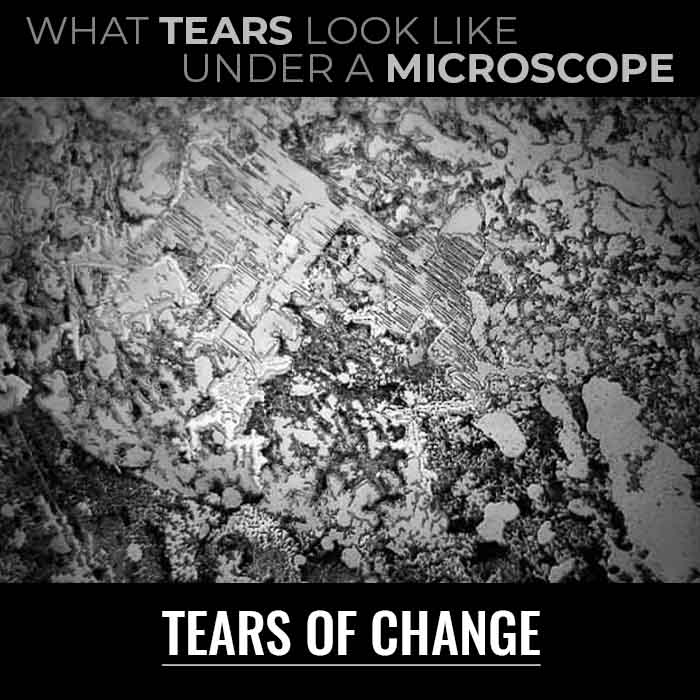
Life offers a roller coaster ride and no one has the option to deny it. Not even Fisher! She started her project on human tears when she was going through several ups and downs in life and suffered many losses. So, she had enough raw materials to start her project on tears.
What inspired Fisher to work on this research was startling images of honey bee structure as well as images of a fragment of her own hip bone removed during her surgery. It was then realization dawned on her and she said, “everything we see in our lives is just the tip of the iceberg, visually”.
She was driven by curiosity to know what tears look like under a microscope.
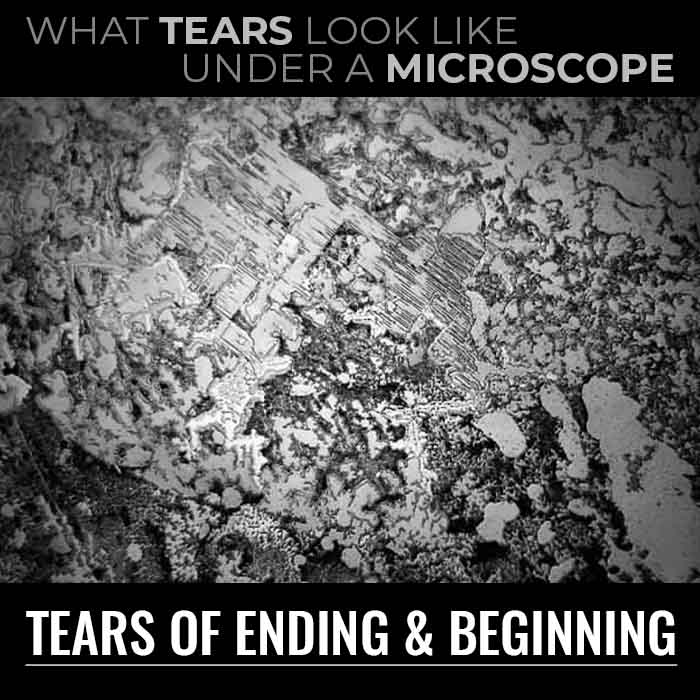
What do tears look like under a microscope?
She caught one of her own tears on a slide and allowed it to dry. Then she placed the slide on the holder of a standard light microscope. She said that the aerial view of her tears appeared like a landscape when looked down from a plane.
In her words, human tears under microscope are like “aerial views of emotion terrain.”
Then she started pondering if all the tears under a microscope looked the same or if tears of joy differ from tears of grief. So, she decided to compare different types of tears under a microscope and launched a multi-year photography project.
She collected, examined, and photographed more than 100 tears from both herself and a handful of other volunteers including a newborn baby.
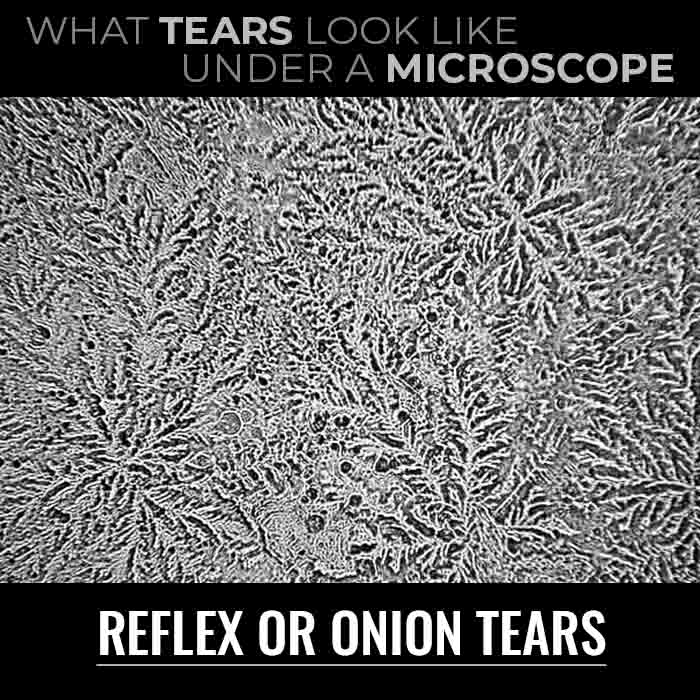
Different types of tears under microscope
Fisher divided tears into separate categories based on their origin:
1. Reflex tears – are secreted when dust particles or irritants, like dust, onion vapors or tear gas enter into eyes.
2. Tears of grief – rolled down your eyes when you are sad or grieving.
3. Basal tears – Keeps the cornea of our eyes lubricated. They are released continuously in tiny quantities (on average, 0.75 to 1.1 grams over a 24-hour period).
4. Tears of joy – secreted when you are happy.
5. Psychic tears – triggered by extreme positive or negative emotions.
All types of tears contain a biological substance suspended in saltwater – it can be antibodies, enzymes like lysozyme that is antibacterial, or oil.
Fisher found that different types of tears contain distinct molecules. For instance, emotional tears contain protein-based hormones including the neurotransmitter leucine enkephalin, which is a natural painkiller – released when you’re under stress.
But, she said that the microscopic structures of dried human tears are mainly crystallized salt. Tear dries in different circumstances and when viewed in the microscope results in dissimilar shapes and formations.
It is possible that two psychic tears having the same chemical composition can look very different up close. It is because of various factors like viscosity, chemistry, the setting of the microscope, evaporation rate, and so on.
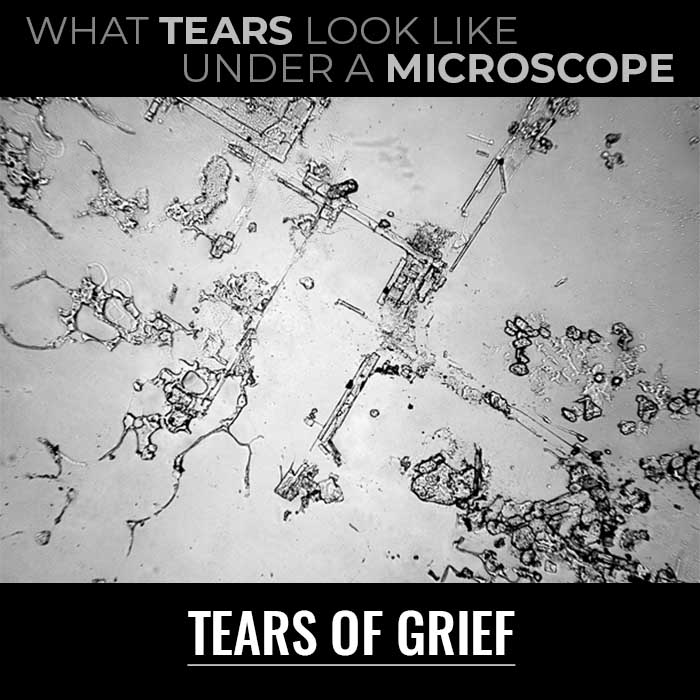
As tears look like large-scale landscapes Fisher says, “It’s amazing to me how the patterns of nature seem so similar, regardless of scale”.
The branched crystalline patterns of dried tears (that are formed in less than a moment) viewed in a microscope resemble patterns of erosion that are etched into the earth over decades.
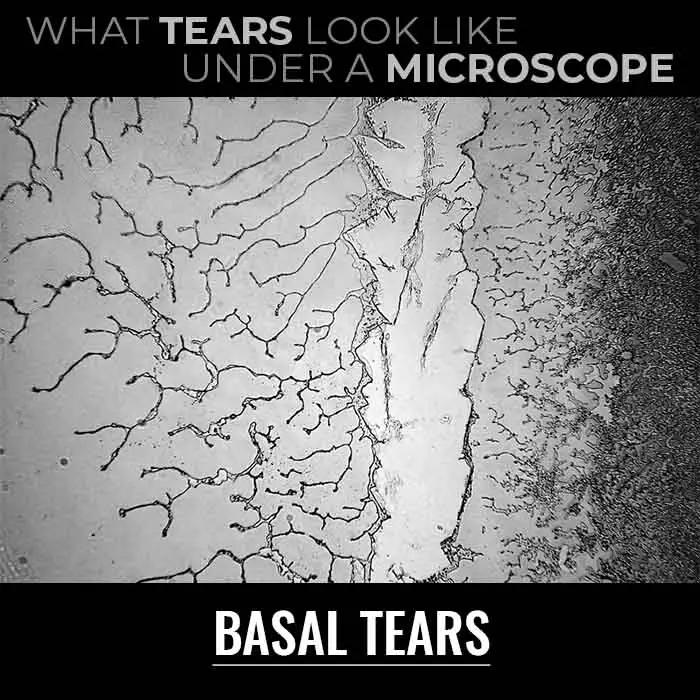
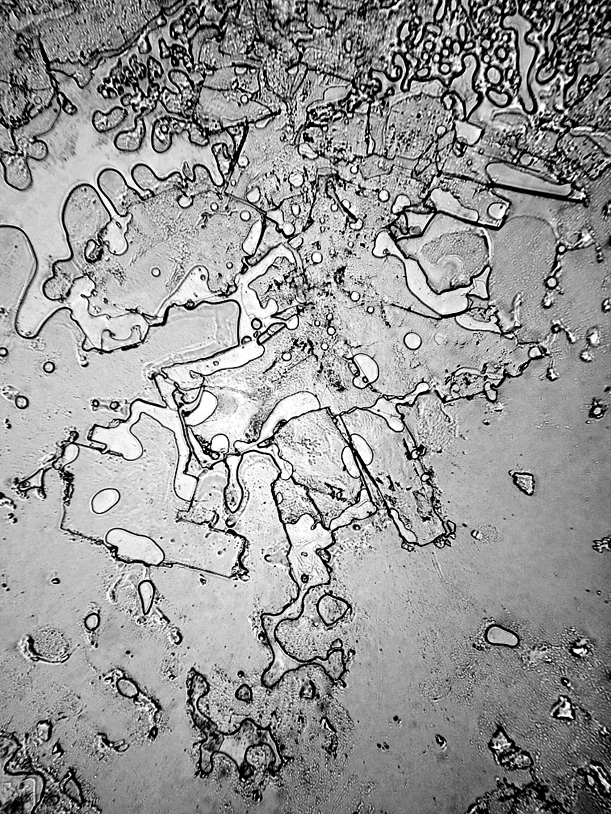
Your tears are unique!
Fisher’s amazing study confirms that tears are more than just a salty liquid discharged when you are happy or sad.
“Tears are the medium of our most primal language in moments as unrelenting as death, as basic as hunger, and as complex as a rite of passage,” she says.
“It’s as though each one of our tears carries a microcosm of the collective human experience, like one drop of an ocean,” She added.
Did you enjoy reading and viewing human tears under a microscope? Share your opinion by commenting below and stay tuned as The Minds Journal is coming up with many more interesting topics for you.
Do Different Types of Tears Look Different Under a Microscope?
Some viral memes claim that there are differences between tears of grief and tears of other emotions. Well, it is true that there are different types of tears, each with it is own biological origin and containing its own unique makeup.
But, exactly how these tears are differentiated and what they look like under a microscope depends on myriad factors. According to Snopes.com, this process is poorly understood by the scientific community. It is misleading and inaccurate to say that tears of one emotion are “structurally different” than those of another. For more refer to Snopes.com.
References
- Fisher, R.L., Frey, W.H. and Lauterbach, A., 2017. The topography of tears. New York: Bellevue Literary Press.
- Basha, F.Y.S., Gayathri, R., Vardhan, A. and Priya, V.V., 2018. Analysis of tears-An in vitro study. Drug Invention Today, 10(8).
- Frey, W.H., foreword to Rose-Lynn Fisher. The Topography of Tears.
- Fisher, R.L. and Klinkenborg, V., 2010. Bee (No. 2/11). New York, NY, USA: Princeton Architectural press.
- Hasson, O., 2009. Emotional tears as biological signals. Evolutionary Psychology, 7(3), p.147470490900700302.
Disclaimer :
This article is for your entertainment/infotainment purposes. We have employed our own due diligence in developing accurate and quality information for the readers of this website. We cannot assure you that all of the information provided will always be accurate or up to date, nor can we take responsibility for your use of this information.
You may also like:
- 8 Benefits Of Reading Regularly According To Science
- The Science Of Love: Lust, Attraction, Attachment & Brain Chemistry
- 9 Vital Steps To Protect Your Mental Health (backed by science)
- Your Partner Can Control Your Brain, Science Explains
- Neuroscience and The Sanskrit Effect: How Chanting Boosts Cognitive Functions

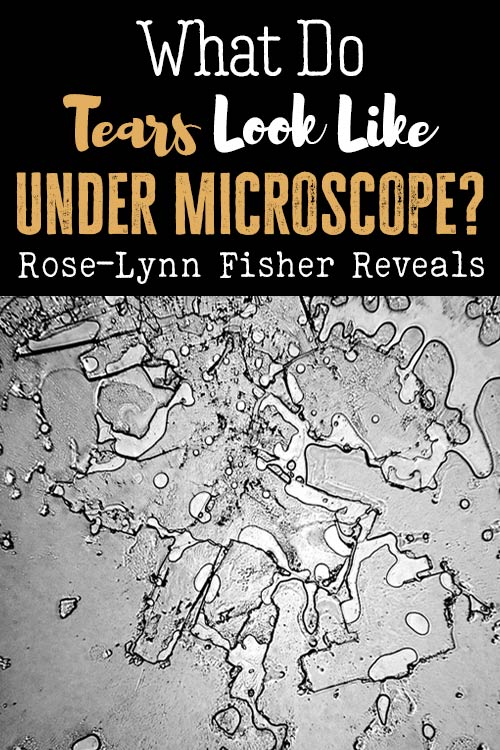
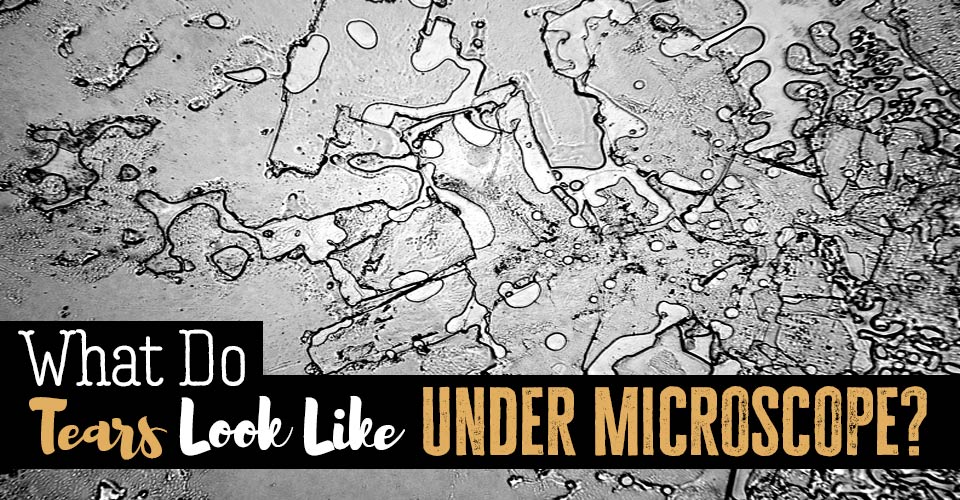




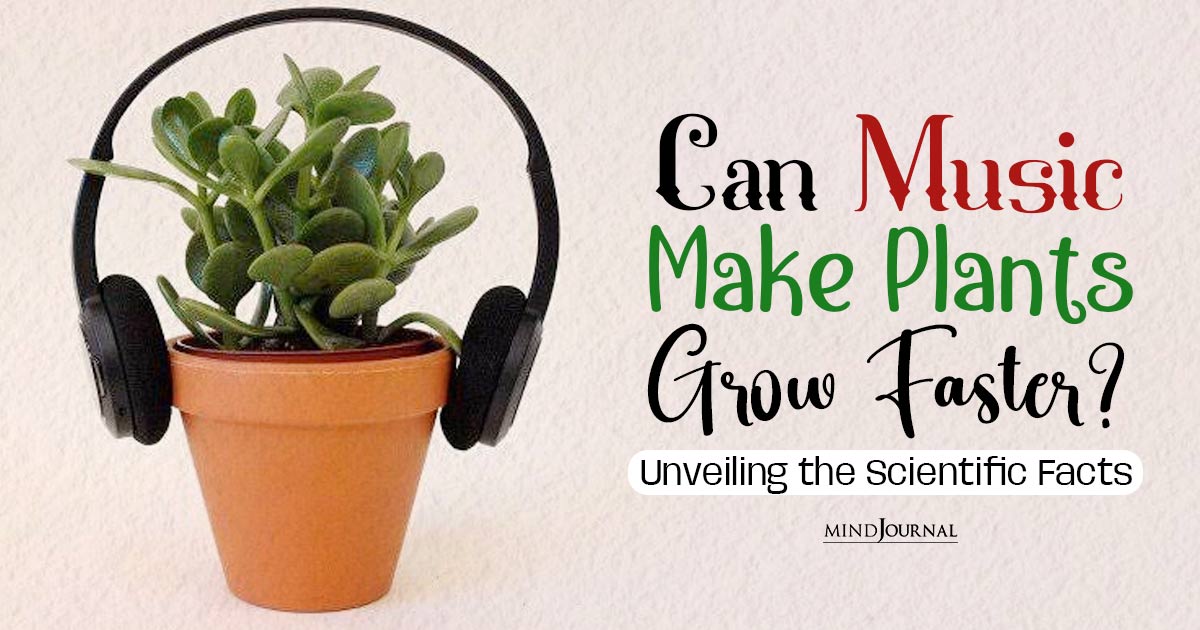

Leave a Reply
You must be logged in to post a comment.